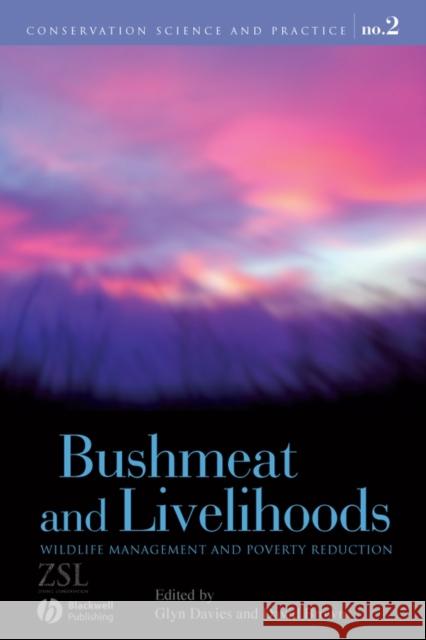Bushmeat and Livelihoods: Wildlife Management and Poverty Reduction » książka
topmenu
Bushmeat and Livelihoods: Wildlife Management and Poverty Reduction
ISBN-13: 9781405167796 / Angielski / Miękka / 2007 / 288 str.
This book explores the links between bushmeat and livelihoods in Africa, with a focus on the human dimension of the debate.
- Assembles biological, social and economic perspectives that illuminate the bushmeat debate
- Features a series of case studies that explore what species survive different intensities of bushmeat hunting and trapping
- Examines the shape and size of household bushmeat consumption and market trading
- Reviews governance and institutional impacts on wildlife management; lessons learned from agriculture, forest plant product, and development sectors; and perspectives from Asia and Latin America
- Provides an excellent resource for students and policy makers in wildlife management, conservation, and development











